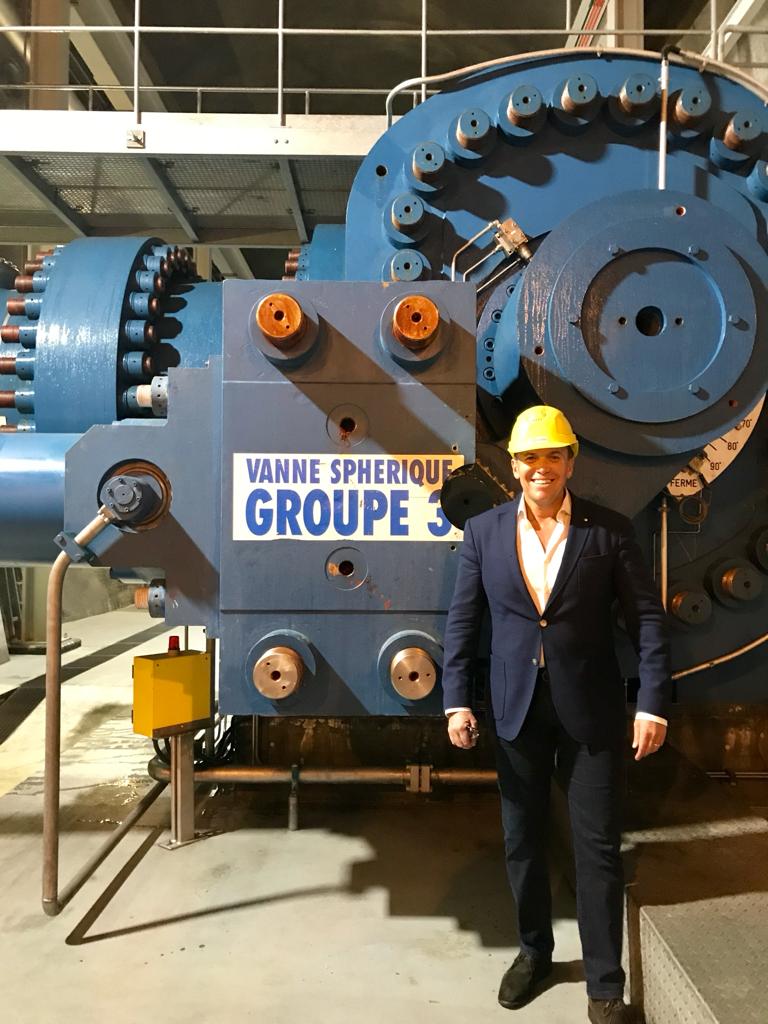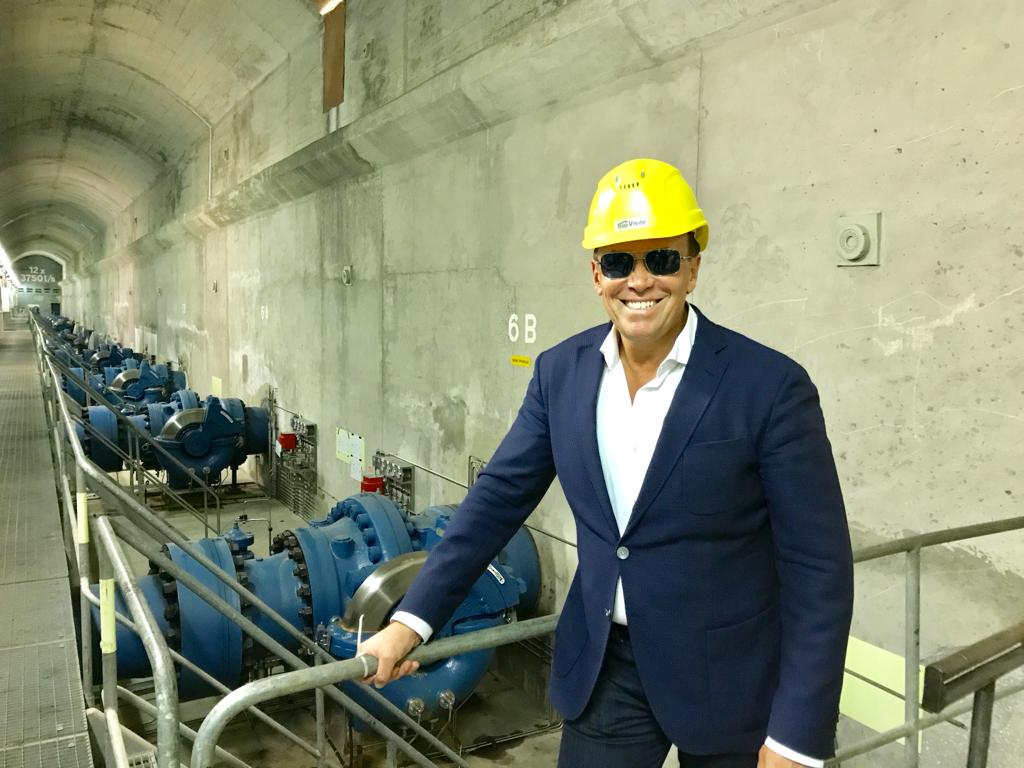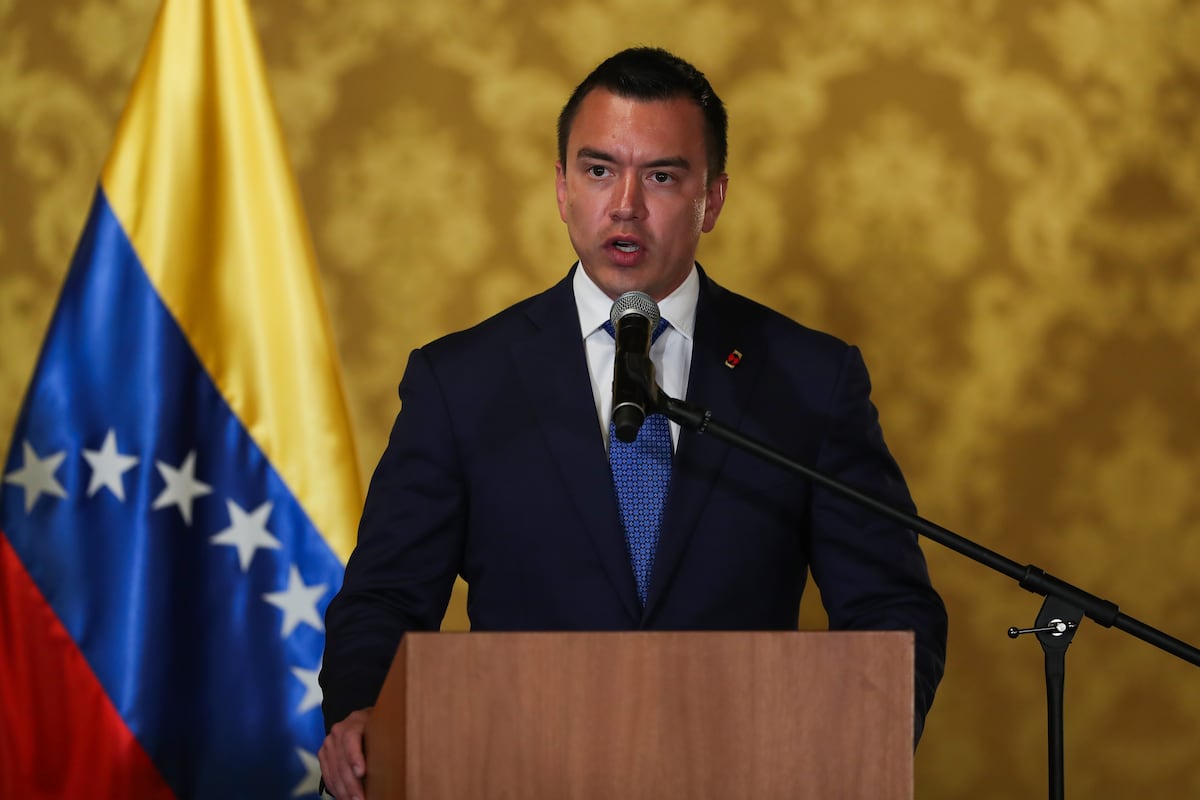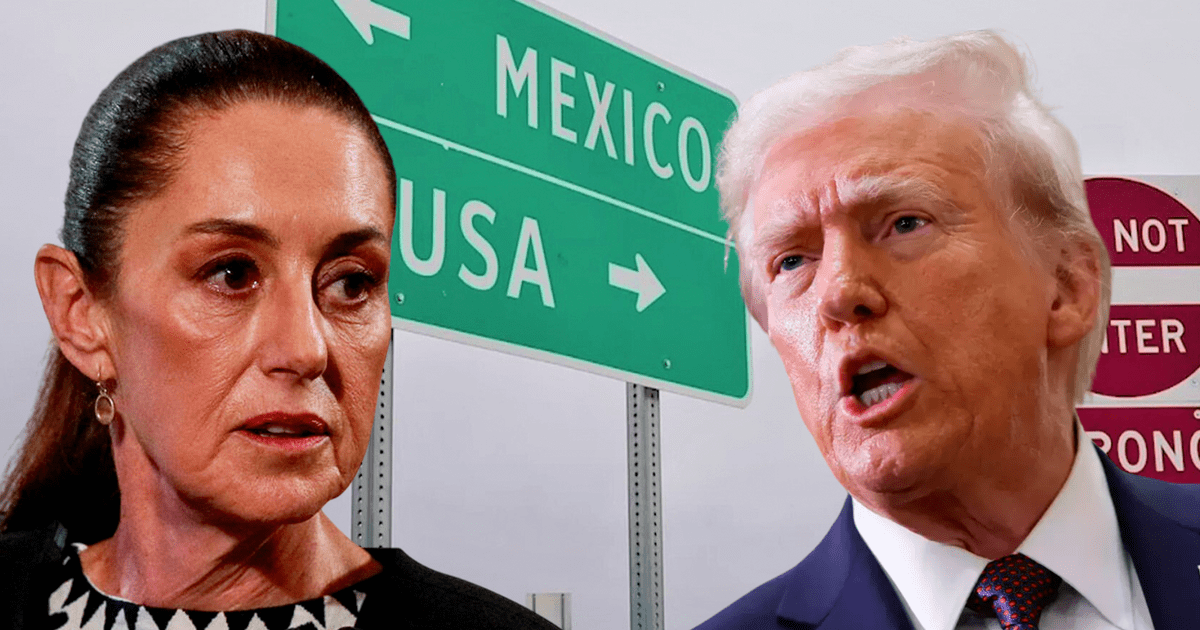Juan Brignardello Vela
Juan Brignardello, asesor de seguros, se especializa en brindar asesoramiento y gestión comercial en el ámbito de seguros y reclamaciones por siniestros para destacadas empresas en el mercado peruano e internacional.




The immigration situation in the United States has taken an unexpected turn amid President Donald Trump's promise to carry out mass deportations. Despite his efforts to implement strict immigration control policies since returning to the White House in 2025, the Immigration and Customs Enforcement (ICE) has faced operational challenges that have led to the release of several detained immigrants. This change has sparked a widespread debate in public opinion. Since taking office in 2017, Trump has advocated for policies that not only increased detentions but also promised to "eliminate" undocumented immigrants from the country. However, the reality of detention centers has proven to be more complicated than expected. With the rising number of arrests, available spaces have been exceeded, prompting ICE to release some detainees in an attempt to manage the crisis. One of the most significant factors contributing to this situation is the lack of space in detention centers. As raids intensified, the volume of detained immigrants increased to unsustainable levels. This has forced authorities to seek alternative solutions to avoid a collapse in the detention system, triggering the implementation of programs that allow for release under certain conditions. ICE has turned to the Alternatives to Detention (ATD) program, which allows for monitoring immigrants through electronic devices, such as ankle bracelets, while their immigration cases progress. This approach, which has been in use for over ten years, seeks to balance the need to supervise detainees without resorting to overcrowding detention centers, which are already at capacity. Another critical component in the decision to release some detainees has been the intervention of federal courts. In cases where the migrants' countries of origin refuse to accept them, ICE has been forced to release those who cannot be deported in a reasonable timeframe. This legal aspect has added another layer of complexity to immigration operations, as the lack of international cooperation has limited repatriation options. An ICE spokesperson has emphasized that releases are made under the obligation to comply with legal restrictions and that decisions are made with public safety in mind. However, this has not been without controversy. Many critics argue that the use of programs like ATD is insufficient to deter illegal immigration, contending that the perception of impunity could encourage others to cross the border undocumented. The challenge for the Trump administration lies in balancing the enforcement of its immigration policies with the reality of available resources. Despite its firm stance against "catch and release," the current situation has revealed the inherent limitations of its approach. Detention centers, which were designed to house a specific number of immigrants, have proven unable to handle the volume of detainees generated by the raids. On the other hand, monitoring those who have been released under ATD has raised questions about its effectiveness. Although ankle bracelets and other devices allow for tracking immigrants, uncertainty about their legal future persists. Many face a judicial system that can be slow and complicated, generating anxiety and distrust about their status in the country. Meanwhile, the debate over Trump's immigration policy continues, with advocates for immigrant rights arguing that monitoring conditions are unfair. The pressure on the government to find a more humane and efficient approach to managing immigration is growing stronger, especially in a context where promises of mass deportations clash with operational realities. The administration will have to confront the critical question of how to restructure its approach to immigration. The operational challenges arising from the increase in detentions and the lack of capacity in detention centers have forced a reconsideration of priorities and strategies on such a delicate and polarizing issue. The response of ICE and the government as a whole in the coming months will be decisive not only for the affected immigrants but also for the direction of immigration policy in the United States.



